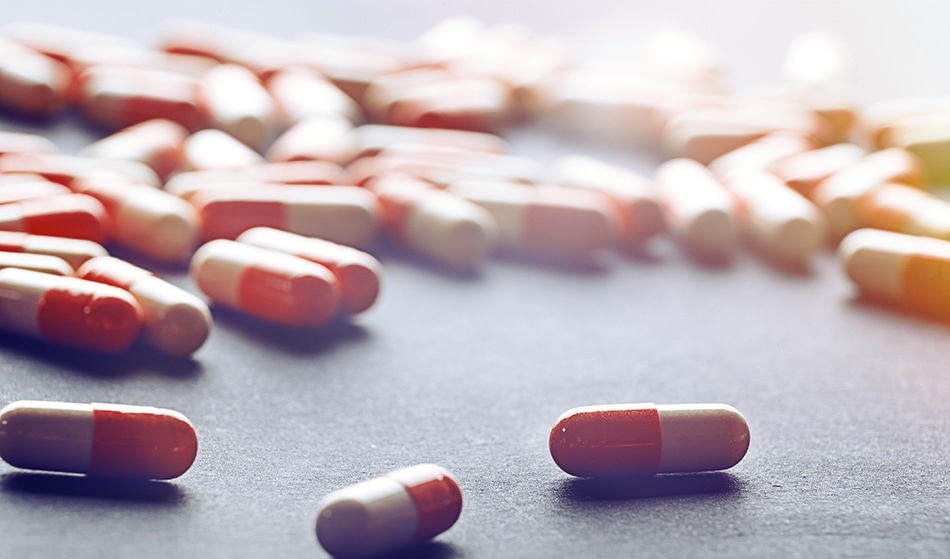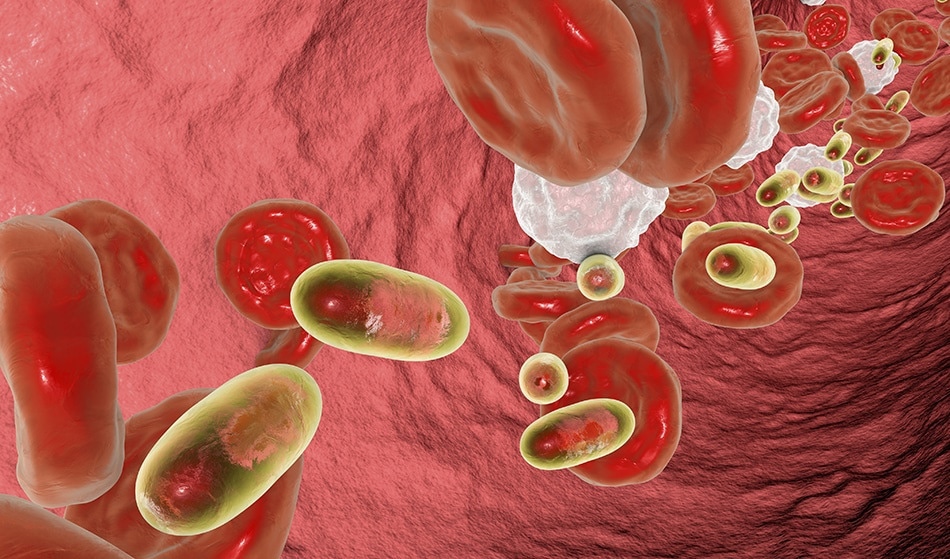This article is based around a talk given by Professor Andrew Owen from The University of Liverpool, UK, at the NANOMED conference hosted by the NANOSMAT Society in Manchester on the 26-28th June 2018. In his talk, Andrew looks at different nanomedicine solutions that can be applied to tackle adherence issues in drug delivery and examines the effects of how solid drug nanoparticle formulations can be used as long-acting injectable medicines.

Oleksii Fedorenko / Shutterstock
There are two main areas where nanotechnology and nanomedicine principles are applied to drug delivery. These are solid drug nanoparticles (SDN) and nanocarrier systems – which take the form of either lipid-based carriers, polymer-based carriers, inorganic carriers and biological molecules. On the other hand, solid drug nanoparticles are nanoparticles that are either packed into a template or are in suspension, where the nanoparticles are made up of the drug itself, thus, negating the need for a specialized nanocarrier system.
Solid drug nanoparticles can be created using both bottom-up and top-down approaches. These methods include controlled precipitation of the drug to form nanoparticles in suspension, or by taking more substantial pieces of the medication and grinding them up until they are in the nanoparticle size range.
From a regulatory perspective, solid drug nanoparticles are relatively simple, especially if the suspension in question is using a drug that has already been approved by the corresponding regulatory bodies (FDA, etc.). This is because there is nothing new to report - they are the same drug, just in nanoparticle form. By comparison, the regulatory system is still evolving for the nanocarrier systems, and a lot more considerations need to be adhered to if they are to be put forward for use in a commercially available product.
Adherence Issues
Non-adherence to medications for chronic illnesses is a significant problem, and more so for infectious diseases. From a pharmacokinetic perspective, the plasma concentration will rise upon taking the medicine and then lower before the next dose is due to be administered. Regular use of medication enables the pharmacokinetic profile to reach a steady state within a concentration range that is high enough to exert the efficacy of the drug, but low enough that it is not toxic.
However, it is not always as straightforward as this, because many patients either forget or do not wish to take their drug at regular intervals. There is also an issue that non-adherence can be viewed as a spectrum and will depend on the discipline of individuals to take their medication. A patient’s non-adherence to their treatment also influences the pharmacokinetics, because when a patient misses a dose, the plasma concentrations drop below the required level to exert the desired therapeutic effect. This can even lead to the pathogen acquiring drug resistance mutations.
Solid Drug Nanoparticles as a Solution?

Kateryna Kon / Shutterstock
Solid drug nanoparticles are a type of long-acting injectable (LAI) medicine that could potentially open new avenues where a single administration can be given, and the pharmacokinetics is maintained over an extended period (1 month to 6 months). The required daily dose is also lower than oral administrations because 100% of the drug is injected directly into the patient, whereas with oral formulations some of the drug is lost.
There are a series of FDA approved medicines now being used within solid drug nanoparticle systems. Potency is one of the core premises for the long-acting approach, and solid drug nanoparticles have high potency. This means that the target concentrations can be lower, and the pharmacokinetics are more flexible. One of the primary mechanisms that governs the time between administrations is flip-flop pharmacokinetics, which gives a longer apparent half-life for the same drug when it is administered as an injectable rather than orally. However, it is not yet fully known whether the drug release over a long time is governed by the effect of the drug itself, the properties of the formulation, or to what extent both of these contribute to the sustained release of the drug.
At Liverpool, Professor Owens’ group use emulsion templating freeze drying (or spray drying) and create the solid drug nanoparticle system by dissolving the drug into the oil phase, and the excipients into the aqueous phase, of an oil in water (o/w) emulsion. The emulsion is then freeze-dried, and the subsequent sublimation of the liquid creates particles with zones of organic drug located within a matrix of excipients. When the freeze-dried solid is dispersed back into water, the excipients dissolve, and the nanoparticles are released as a suspension. Some of the areas where these solid drug nanoparticles are being used by the group include pediatric formulations, anti-malarial drugs and HIV drug formulations that employ existing FDA approved drugs.
Sources:
Disclaimer: The views expressed here are those of the author expressed in their private capacity and do not necessarily represent the views of AZoM.com Limited T/A AZoNetwork the owner and operator of this website. This disclaimer forms part of the Terms and conditions of use of this website.